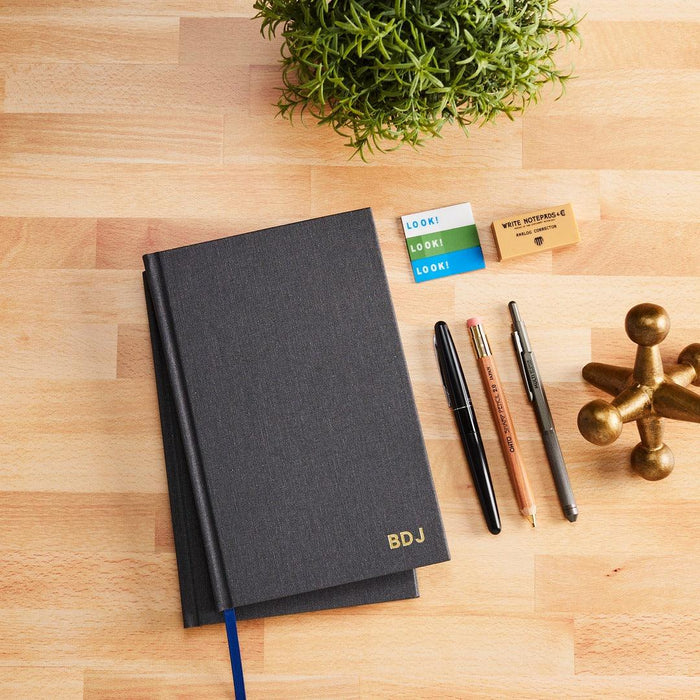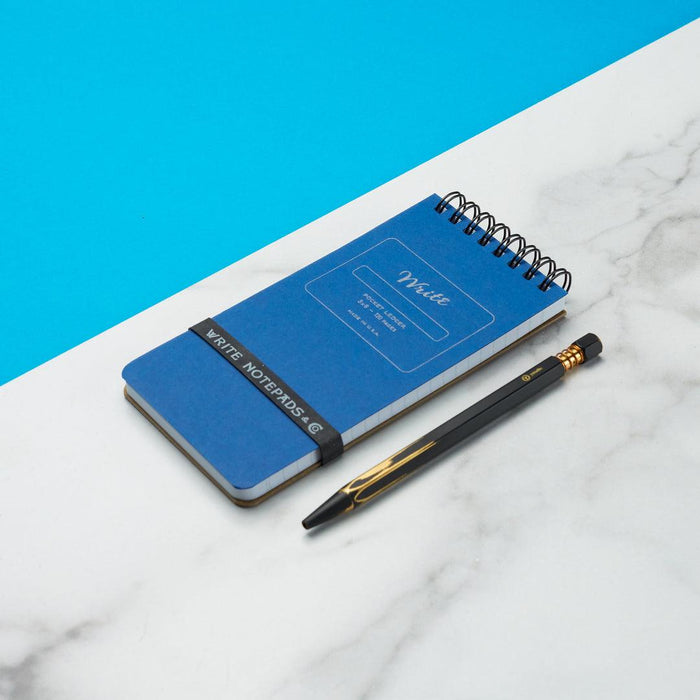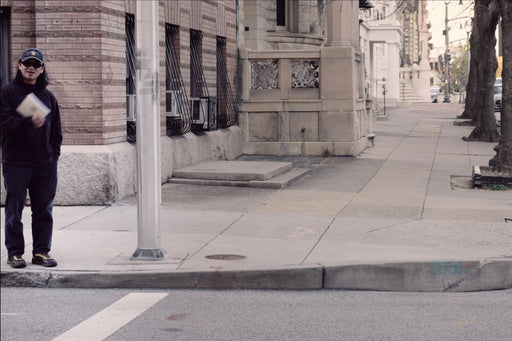

6 Ways to Pull Yourself Out of a Creative Rut
A creative rut sounds like a formidable opponent, especially if you feel crushed under stress or like your original ideas have all withered or blown away. While it might seem like the blockage could go on forever, feeling stuck is part of the process. Make dry periods temporary with a few tricks to grab yourself by the hand and pull yourself out of the hole.
Stop Trying So Hard
The quickest way to lose creativity is trying to hold onto it too hard; eventually, you’ll get bogged down with stress or wondering why you can’t complete new work at the speed of a colleague or friend. Creativity also requires free-thinking, so staying hyper-focused on one idea and trying to make it work might mean that you’re ignoring other possibilities from entering your head. Entrepreneur and author Peter Gasca calls this idea “diffuse thinking,” or allowing your mind to wander freely rather than focusing on productivity.
Explore Something New
If you’re in a creative rut, what makes you think that maintaining the same routine is at all conducive to ingenuity? Break out of your cycle, even if it’s just one part of the day. Redecorate your office space – or even better, go to a park or museum to change your scenery. Take a slightly different route to the office or listen to a different radio station on the way. Grab your weekly planner and schedule creative planning sessions with your colleagues, especially if you find you’re more inspired when working with others. If you prefer to work alone, always have your meeting notebook on hand to jot down ideas as they come.
Let It Flow
Notebooks are creativity’s best friend. Filled with white space for your ideas, there’s little there to inhibit you. Set a timer and write whatever comes into your brain. If you’re having trouble coming up with ideas, make an obscenely long list of ideas; with 50, 100, or even 200 items in that list, there’s bound to be something you can use as a jumping-off point. You might’ve put something on the list you judged as being dumb or not worthy of your time that does spark a valuable idea.
Practice Mindfulness and Patience
Your productivity brain is probably disappointed that you’re not coming up with ideas fast enough. You have to ask yourself if maybe you’re not in a creative rut, but you’re just a tad impatient. Don’t let your desire to get something done ruin time spent mind-wandering and wondering. If you take time to let yourself be bored, you’re not receiving input from entertainment or worrying about efficiency, so you have room for output. Stay in the moment and don’t let yourself get distracted by a perceived lack of progress.
Impose Rules So You Can Break Them -- Or Don't
Sometimes having too many options overwhelms and hinders creativity. Try the exercise of limiting yourself, so it forces you to think outside the box. If you’re a musician, write a lick with only two notes. If you’re a visual artist, try using one color or medium. Challenge yourself to try a new style and use only the common components of that approach. Make a list of rules and follow them; come back to these rules later and decide which ones make sense and which ones you can break. This trick helps you understand why you want to do something a certain way.
Make "Disposable" Art
All too often, you want a project to be “perfect” – you are so focused on not making “mistakes” that you disallow thinking outside the box. Creativity is something that grows, so if you’re focused on editing yourself, you’re pruning the plant too much before it has a chance to flourish. Artist Phil Hansen dropped out of art school after developing a tremor in his hand; a couple of years later, he realized he didn’t need to draw straight lines to make art, and he didn’t need to be afraid of work being imperfect. His project “Goodbye Art” even involved a series of pieces that he destroyed upon completion. His story shows you don’t need to get attached to one idea, and you don’t need to know the result to get started. It would be best if you first started with innovation, where all possibilities are considered before you get to evaluation and editing.
It’s up to you to pull yourself out of a creative rut, so try a new strategy to see what can give you that boost. Grab a notebook and start jotting down ideas, and maybe you’ll discover that the rut is now a former opponent.
Featured collection
-
Experience Journal
Write Notepads & Co.Original price $ 0.00 - Original price $ 0.00Original price $ 0.00$ 32.99$ 32.99 - $ 32.99Current price $ 32.9920+ in stockExperience Journal: Capture, Reflect, and Discover Every Unique MomentThe Experience Journal from Write Notepads & Co. is more than just a plac...
View full detailsOriginal price $ 0.00 - Original price $ 0.00Original price $ 0.00$ 32.99$ 32.99 - $ 32.99Current price $ 32.99 -
Engineer Bundle
Write Notepads & Co.Original price $ 38.00Original price $ 38.00 - Original price $ 38.00Original price $ 38.00Current price $ 30.00$ 30.00 - $ 30.00Current price $ 30.00Out of stockWrite Notepads & Co. Engineer Notebook and Dot Grid Tear Pad Bundle Step up your note-taking and brainstorming game with the ultimate duo from...
View full detailsOriginal price $ 38.00Original price $ 38.00 - Original price $ 38.00Original price $ 38.00Current price $ 30.00$ 30.00 - $ 30.00Current price $ 30.00Sold out -
Le Voyageur - Embrace the Journey
Write Notepads & Co.Original price $ 0.00 - Original price $ 0.00Original price $ 0.00$ 22.00$ 22.00 - $ 22.00Current price $ 22.0020+ in stockLe Voyageur Notebook – Your Perfect Companion for Every AdventureThe Le Voyageur by Write Notepads & Co. combines durability, style, and functi...
View full detailsOriginal price $ 0.00 - Original price $ 0.00Original price $ 0.00$ 22.00$ 22.00 - $ 22.00Current price $ 22.00 -
Weekly Planner Notebook: Organize Your Week, Achieve Your Goals
Write Notepads & Co.Original price $ 22.00 - Original price $ 22.00Original price$ 22.00$ 22.00 - $ 22.00Current price $ 22.00Only 14 left!Weekly Planner Notebook: Organize Your Week, Achieve Your Goals The Weekly Planner Notebook from Write Notepads & Co. is not just a planner—it'...
View full detailsOriginal price $ 22.00 - Original price $ 22.00Original price$ 22.00$ 22.00 - $ 22.00Current price $ 22.00 -
Engineer Notebook - Precision Graph Paper for Professional Use
Write Notepads & Co.Original price $ 0.00 - Original price $ 0.00Original price $ 0.00$ 20.00$ 20.00 - $ 20.00Current price $ 20.00Out of stockEngineer Notebook: Precision, Durability, and Elegance for Every ProjectThe Engineer Notebook is more than just a notebook—it’s an essential tool f...
View full detailsOriginal price $ 0.00 - Original price $ 0.00Original price $ 0.00$ 20.00$ 20.00 - $ 20.00Current price $ 20.00Sold out
Read More
-
 Meetings are an essential part of professional life, but all too often, they can feel like unproductive time-sinks. The key to transforming your meetings into productive powerhouses might be simpler than you think—a dedicated meeting notebook. This strategic tool helps you stay organized, ensures accountability, and keeps your projects moving forward. In our latest article, we explore the crucial role of meetings in the corporate world, common pitfalls that can derail them, and how the right meeting notebook can make all the difference. Discover the features to look for in a high-quality notebook and tips for maximizing your productivity in every meeting. Whether you’re a seasoned executive or just starting in your career, the right notebook could be the small change that leads to big improvements in your professional life.Read now
Meetings are an essential part of professional life, but all too often, they can feel like unproductive time-sinks. The key to transforming your meetings into productive powerhouses might be simpler than you think—a dedicated meeting notebook. This strategic tool helps you stay organized, ensures accountability, and keeps your projects moving forward. In our latest article, we explore the crucial role of meetings in the corporate world, common pitfalls that can derail them, and how the right meeting notebook can make all the difference. Discover the features to look for in a high-quality notebook and tips for maximizing your productivity in every meeting. Whether you’re a seasoned executive or just starting in your career, the right notebook could be the small change that leads to big improvements in your professional life.Read now -

Journaling for Mental Health: Techniques and Benefits
Writing can significantly impact mental health by providing an outlet for expressing emotions and organizing thoughts. Journaling helps individuals gain clarity, manage their emotions, and reflect on their personal growth and experiences.Read now -

The History and Art of Writing Instruments: Pairing with the Right Paper
Read nowSince the dawn of civilization, the artistry and craftsmanship of writing instruments have been instrumental in communicating and preserving knowledge. From the quills painstakingly crafted in medieval scriptoria to the sleek fountain pens treasured by today’s professionals, these tools have...











Leave a comment